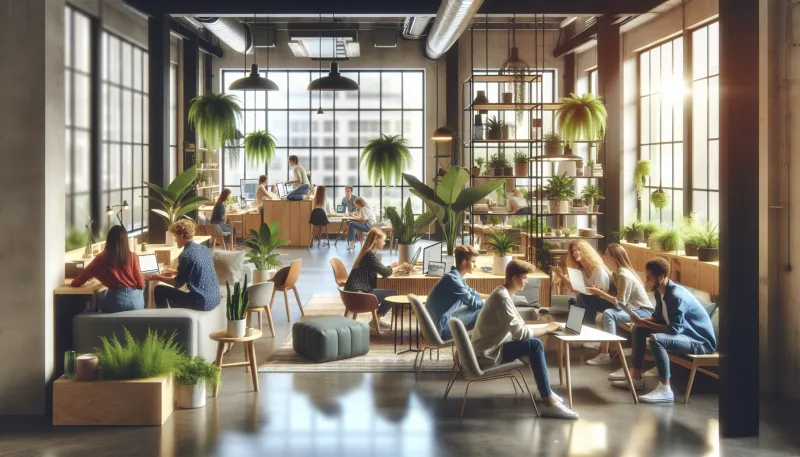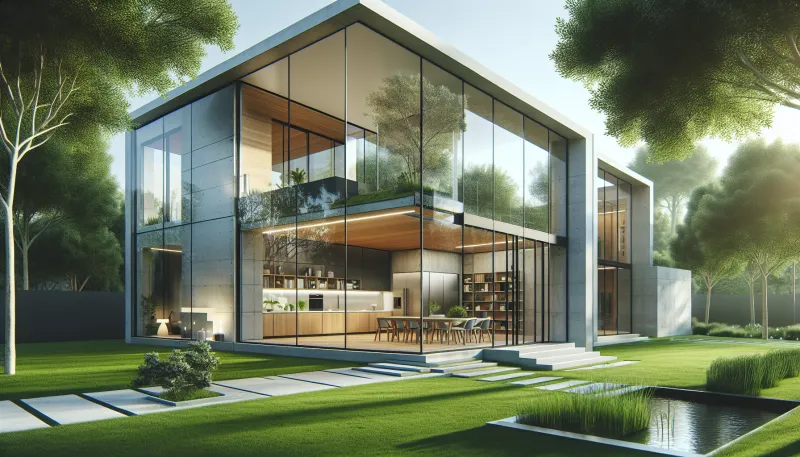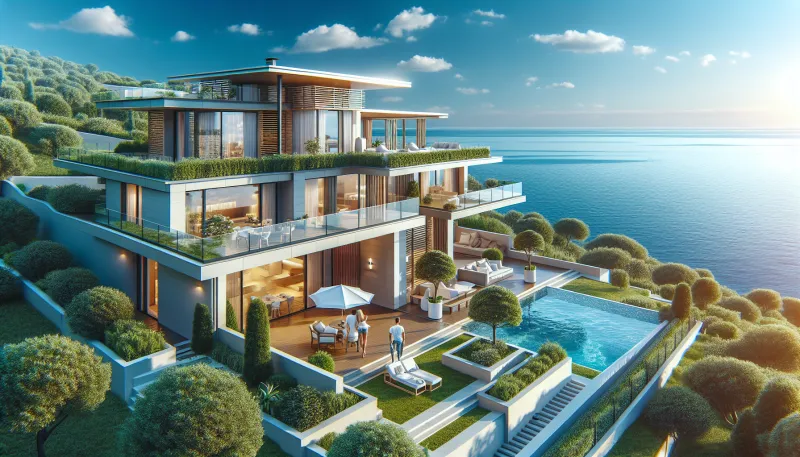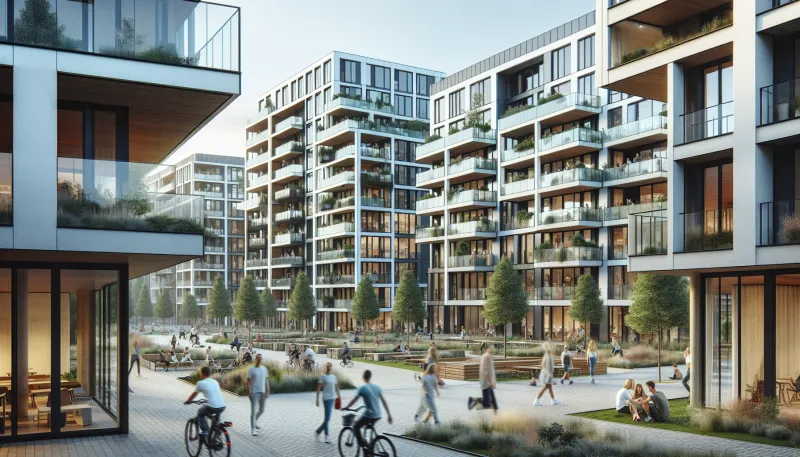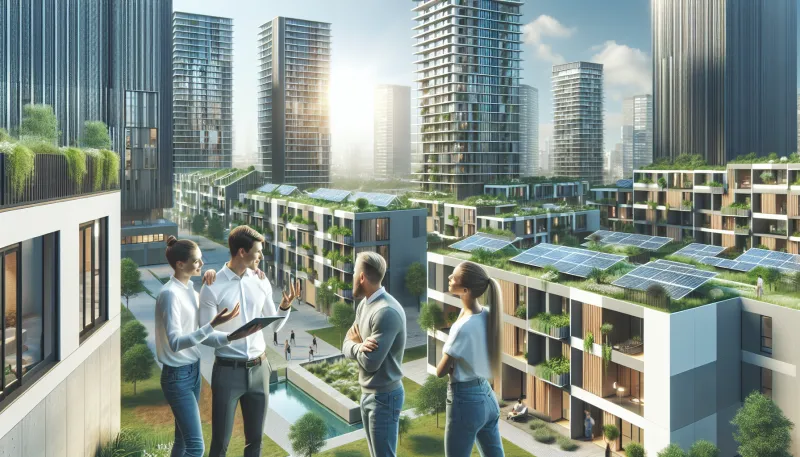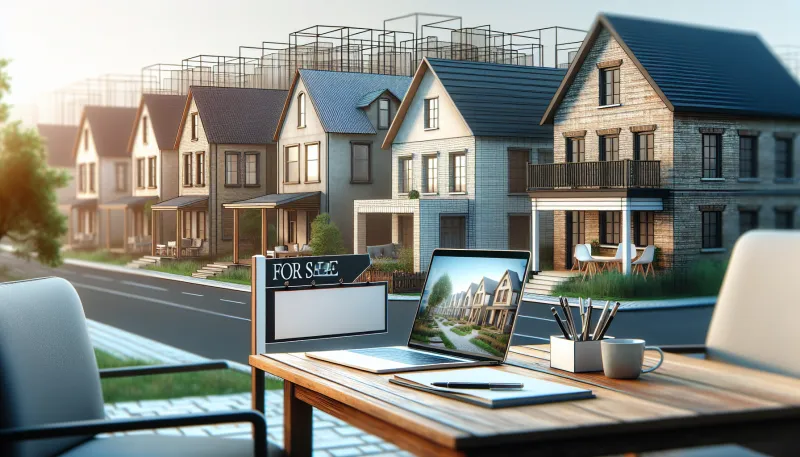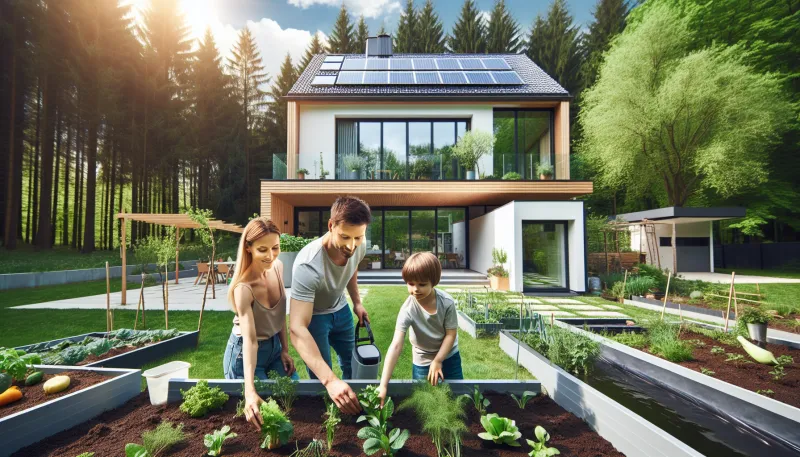
What Makes a Property Truly ‘Green’ in 2025
- Energy efficiency as the foundation
- Integration of renewable energy sources
- Sustainable building materials
- Water conservation systems
- Smart home technology for sustainability
- Indoor environmental quality and health
- Location and sustainable community integration
- Resilience and adaptability to climate change
- Certification and transparent performance tracking
Energy efficiency as the foundation
One of the essential traits of a green property is its superior energy efficiency. This starts with well-insulated walls, roofs, and floors that reduce heating and cooling demands. Modern windows with advanced glazing reduce heat loss and gain, contributing to a comfortable indoor climate year-round. Smart thermostats and energy-efficient lighting solutions also help minimize overall electricity consumption, making the property more sustainable and affordable to maintain.
Integration of renewable energy sources
Properties that truly stand out as green in 2025 incorporate renewable energy technologies seamlessly. Solar photovoltaic panels, solar water heaters, and small-scale wind turbines are common installations that allow homes to generate their own clean power. Additionally, energy storage systems like home batteries enable residents to store surplus energy, reducing reliance on the grid and decreasing carbon footprints.
Sustainable building materials
The choice of building materials significantly impacts a property's environmental credentials. Green properties prioritize renewable, recycled, and low-impact materials such as sustainably harvested timber, recycled steel, and natural insulation alternatives like cellulose or hemp. These materials not only lower embodied carbon but often improve indoor air quality by avoiding toxic chemicals found in traditional options.
Water conservation systems
In a truly green property, efficient water management systems are crucial. Features such as rainwater harvesting, greywater recycling, and low-flow fixtures reduce fresh water consumption dramatically. These techniques help mitigate the strain on municipal water supplies and reduce the environmental impact of water heating, contributing to sustainability on multiple fronts.
Smart home technology for sustainability
Advanced smart home technologies enhance green properties by optimizing energy and resource use. Intelligent systems monitor and adjust lighting, heating, and appliance usage based on real-time data, occupancy, and weather forecasts. This automation reduces waste and enhances occupant comfort, aligning eco-conscious living with modern convenience.
Indoor environmental quality and health
A green property must promote healthy living environments. This involves using materials and finishes that minimize volatile organic compounds (VOCs), ensuring proper ventilation with heat recovery systems, and incorporating natural daylight and biophilic design elements. Enhanced indoor air quality improves occupant well-being and reduces health risks associated with poor indoor environments.
Location and sustainable community integration
The property’s location and connection to sustainable community infrastructure are gaining importance. Proximity to public transportation, cycling paths, and local amenities reduces transportation emissions. Green properties often participate in or support neighborhood sustainability initiatives, from community gardens to district energy networks, amplifying their positive ecological footprint.
Resilience and adaptability to climate change
Green properties in 2025 are designed with resilience in mind—able to withstand and adapt to changing climate conditions. This includes features like flood-resistant construction, passive cooling strategies to combat heatwaves, and robust building envelopes that protect against extreme weather. Adaptability ensures that the property remains sustainable and comfortable for decades despite environmental uncertainties.
Certification and transparent performance tracking
Finally, a truly green property often carries certifications such as LEED, BREEAM, or WELL that validate its sustainability credentials. Beyond certification, real-time performance tracking tools allow owners to monitor energy consumption, water use, and indoor environmental quality continuously. Transparency in performance enables ongoing improvements and accountability in maintaining the property’s green status.
Tommy is a property-passionate journalist who covers the forces shaping housing and the built environment. With a data-driven approach and a reporter’s curiosity, he writes on market cycles, urban development, PropTech, and policy—always connecting numbers to everyday lives. [Name]’s work blends clear analysis with on-the-ground reporting to help readers navigate trends, opportunities, and risks across residential and commercial real estate.

